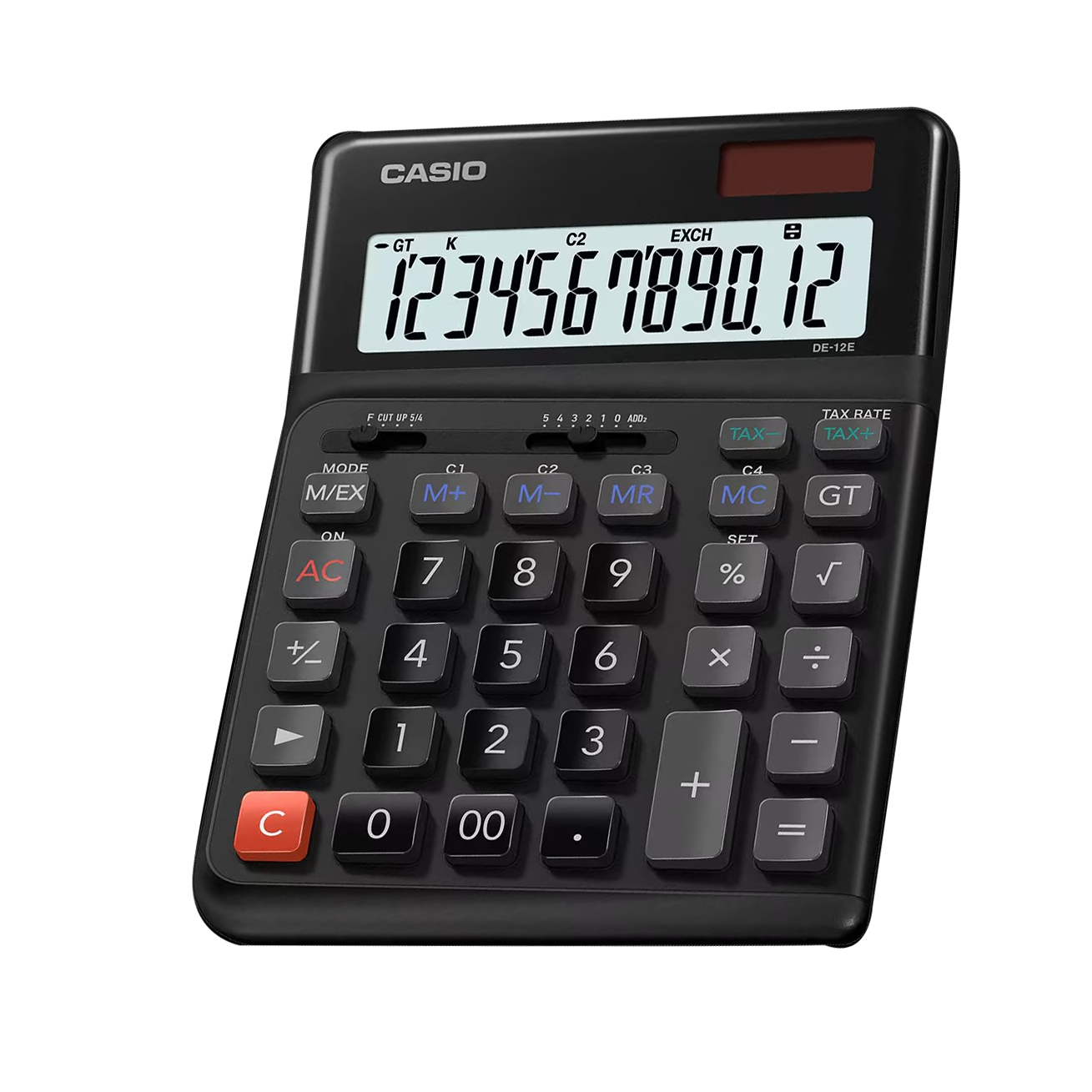Exploring the Benefits of Synchronization Technology: A Deep Dive into Synchronization Computers in Hai Phong
As someone deeply invested in the world of technology, I have always been fascinated by the evolution of computing and the innovative solutions that improve user experiences. One area that has surfaced as a significant player in this technological landscape is the realm of synchronization technology. In this article, I’ll delve into the concept of synchronization computers, particularly focusing on their relevance and application in Hai Phong.
What Are Synchronization Computers?
Synchronization computers are specialized systems designed to manage data consistency across multiple devices or platforms. https://g.calculator.city/ ensure that data is updated in real-time, allowing users to access the latest information seamlessly, regardless of where they are or which device they are using. This technology is increasingly relevant in various sectors, including business, education, healthcare, and entertainment.
As I explored the synchronization technology landscape, I stumbled upon a quote that perfectly encapsulates its essence:
“Technology, like art, is a soaring exercise of the human imagination.” — Daniel Bell
This quote highlights how synchronization technology is not merely about functionality; it is a testament to our creativity in weaving intricate systems that improve our daily lives.
The Importance of Synchronization in Modern Computing
Benefits of Synchronization Technology
The benefits of synchronization technology are abundant, particularly in a fast-paced environment like Hai Phong, where businesses are continually striving for efficiency. Below are some of the primary advantages:
Real-time Collaboration: Synchronization allows multiple users to work on the same document or project simultaneously without the risk of data loss or version conflicts.
Seamless Data Backup: Users can rest assured that their data is continuously backed up in the cloud, minimizing the risk of loss.
Time Efficiency: Automation of data updates saves users time, allowing them to focus on more critical tasks.
Enhanced Accessibility: Users can access their data from any location or device, fostering a more flexible work environment.
Improved Security: Advanced synchronization systems often come equipped with robust security protocols that protect sensitive data during transfer and storage.
Streamlined Workflows: Businesses can customize synchronization processes to fit their specific needs, leading to improved productivity and organizational efficiency.
Challenges and Considerations
While the benefits are numerous, it is also essential to consider potential challenges that synchronization technology may present.
Network Dependency: Most synchronization tools require a stable internet connection, which may be a hurdle for users in areas with inconsistent connectivity.
Data Compatibility: Not all devices or software are compatible with each other, which may create barriers in data synchronization for multi-platform users.
Cost: Some advanced synchronization solutions come with significant financial investment, which may not be feasible for smaller businesses.

Synchronization Computers in Hai Phong: A Case Study
Let’s examine how synchronization technology is making waves in Hai Phong. As one of Vietnam’s prominent port cities, Hai Phong boasts a dynamic economy, driven by various sectors, including logistics, manufacturing, and services.
Table: Key Industries Benefiting from Synchronization Technology in Hai Phong
| Industry | Application of Synchronization | Benefits |
|---|---|---|
| Logistics | Fleet management and tracking | Real-time updates and efficiency |
| Manufacturing | Supply chain management | Improved coordination |
| Education | Online learning platforms | Enhanced collaboration |
| Healthcare | Patient data management | Secure access and updates |
| Retail | Inventory management | Real-time stock levels |
As depicted in the table above, synchronization technology has provided a multitude of applications across various industries within Hai Phong. In logistics, for instance, fleet management solutions enable companies to track their vehicles in real-time, ensuring timely deliveries and optimizing fuel consumption. The education sector, particularly disrupted during the pandemic, has leveraged synchronization technology to facilitate online learning platforms, allowing students and teachers to interact effectively.
Future Prospects of Synchronization Technology
As I reflect on the journey of synchronization technology, I believe that its evolution is just beginning. The integration of artificial intelligence and machine learning into synchronization systems promises even greater efficiency and adaptability moving forward.
Potential Trends to Watch For:
- AI-Powered Sync Solutions: Automated decision-making based on user behavior.
- Cross-Platform Integration: Seamless performance across different operating systems.
- Enhanced Security Protocols: Continued focus on protecting sensitive data amid growing cyber threats.
In Hai Phong, I anticipate that as businesses grow and transform, the reliance on synchronization technology will too. The rise of remote work, coupled with digital transformations, casts a bright future for synchronization technology, setting the stage for further advancements.
Frequently Asked Questions (FAQs)
Q1: How do synchronization computers work?
A1: Synchronization computers use various networking protocols to ensure data consistency across multiple devices. This often involves automatic updates and real-time data sharing.
Q2: Are there any free synchronization tools available?
A2: Yes, several free tools like Google Drive, Dropbox, and OneDrive provide basic synchronization features. However, advanced features often require a subscription.
Q3: Can synchronization technology be used for large datasets?
A3: Absolutely. Many synchronization solutions are designed to handle large datasets, especially in sectors like healthcare and finance where data integrity is crucial.
Q4: Is synchronization technology secure?
A4: While no system is wholly impervious to attacks, many synchronization tools employ robust encryption and security measures to protect data integrity and confidentiality.
Q5: What industries are most likely to benefit from this technology?
A5: Industries such as logistics, manufacturing, healthcare, education, and retail are experiencing significant advantages from leveraging synchronization technology.
Conclusion
In conclusion, the exploration of synchronization technology, especially within the context of Hai Phong, is not just an analysis of systems; it is a glimpse into the future of how we manage and interact with data. This advancement showcases human ingenuity and creativity, driving us toward a more connected, efficient, and productive world. As we continue to embrace these innovations, I am excited to witness how synchronization technology will further evolve and transform our daily lives.
